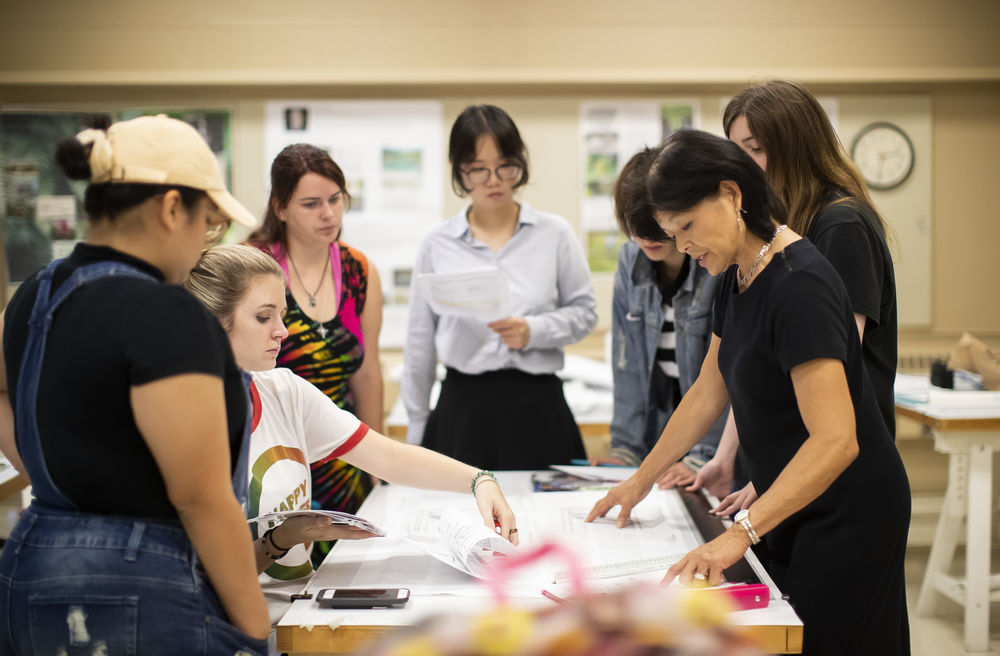Master of Landscape Architecture
Develop the essential theoretical and practical skills to design, plan and manage both the built and natural environment with Temple’s Master of Landscape Architecture from the Tyler School of Art and Architecture. Learn to think critically and creatively while gaining real-world experience through internships and preparing for the Landscape Architect Registration Examination.
Engage with pressing global issues such as land and biodiversity conservation, climate change, and social justice. Lead the next generation of landscape architects by integrating ecosystem science and innovative design principles to create, preserve and restore degraded landscapes; help conserve land; create resilient communities; and respond to the climate crisis.
Tyler’s Master of Landscape Architecture program excels in ecologically based design. It is one of the few LAAB-accredited programs to concentrate on ecological landscape restoration—a critical practice that leverages ecological processes and plant communities to tackle environmental problems.
Explore a broad range of contemporary topics in sustainable land use planning and design while learning directly through one-on-one mentorship from an accomplished faculty of practitioners and innovators. Graduates of this professionally accredited program are prepared to pursue a wide range of career options, including work in public or private landscape architecture practice, nonprofit organizations, and environmental agencies.
Ambler Campus
Master of Landscape Architecture students primarily study at Temple’s Ambler Campus, located 15 miles from Main Campus in a suburban setting. Ambler’s top-notch educational resources include a 187-acre arboretum, multiple gardens and greenhouses, labs, studios, and technology centers.
In 2020, Ambler Campus was designated as the Temple Ambler Field Station, a living laboratory for environmental field research and education. The Field Station leverages the 187-acre Ambler Campus and arboretum, host to a diversity of natural habitats including old growth and secondary forests, meadows, ephemeral streams, and beautifully designed gardens. In addition, students can draw from abundant ecological landscape restoration examples and practitioners in the Philadelphia region.

